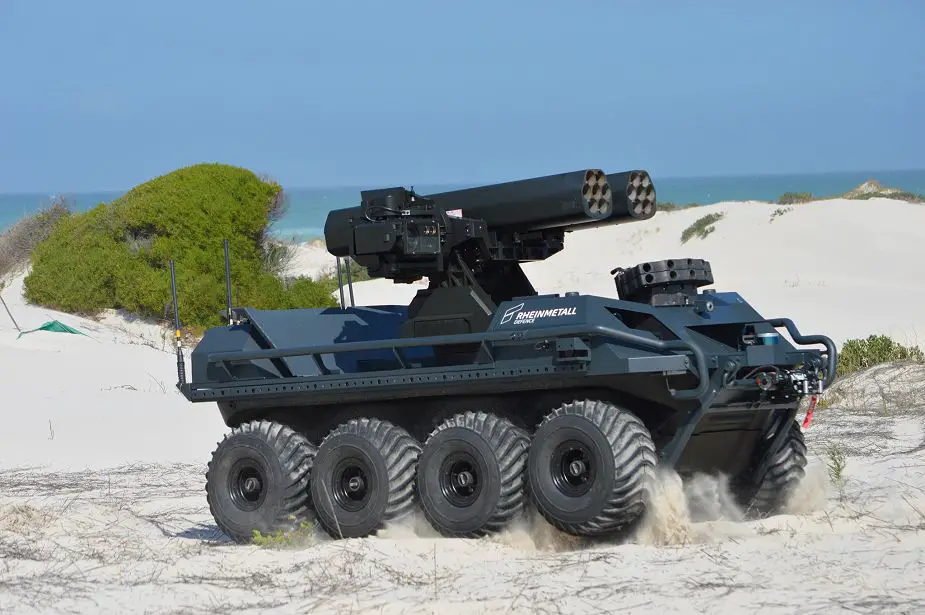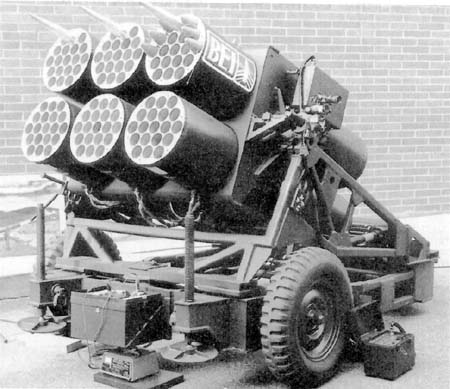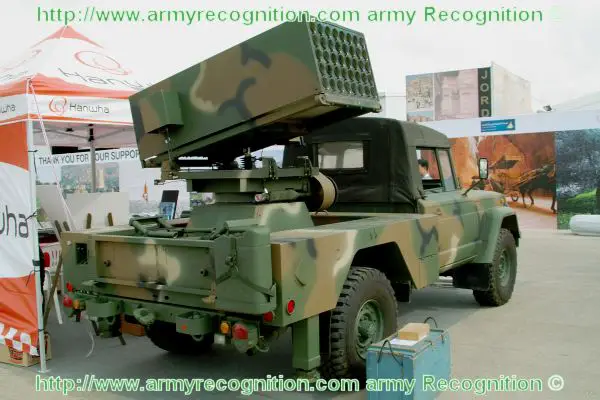- Reaction score
- 8,892
- Points
- 1,160
Two thumbs up and a cheers to you, FJAG.
:goodpost: :goodpost: :cheers:
And an absolutely to Cloud Cover.
And combining some thoughts on Reserve-Centric capabilities, GBAD defences, Shipborne requirements and the Danish Stan-Flex type thinking we end up with the MBDA SPIMM system - maybe with something other than the Mistral though.
https://www.thedrive.com/the-war-zone/26599/this-containerized-missile-launcher-could-give-almost-any-ship-short-range-air-defenses

Or perhaps something that crosses the Russian Club K container system with the NASAMs Multi Missile Launcher.
:goodpost: :goodpost: :cheers:
And an absolutely to Cloud Cover.
And combining some thoughts on Reserve-Centric capabilities, GBAD defences, Shipborne requirements and the Danish Stan-Flex type thinking we end up with the MBDA SPIMM system - maybe with something other than the Mistral though.
https://www.thedrive.com/the-war-zone/26599/this-containerized-missile-launcher-could-give-almost-any-ship-short-range-air-defenses

Or perhaps something that crosses the Russian Club K container system with the NASAMs Multi Missile Launcher.







